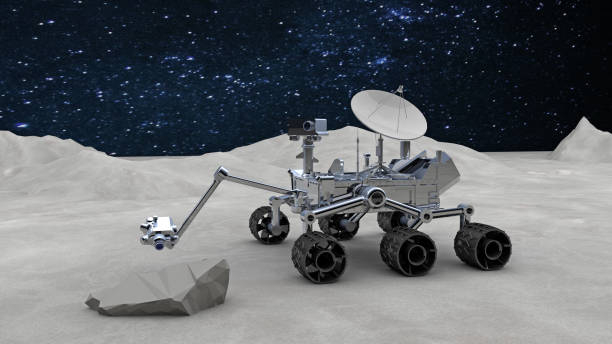What are space probes?
A space probe is a man-made spacecraft that travels through space gathering scientific data. A space probe may orbit the Earth, approach the Moon, travel through interplanetary space, flyby, orbit, land, or fly on other planets, or reach interstellar space. Many nations and commercial corporations, including the Soviet Union, the United States, India, and others, have launched probes to planets, asteroids, and moons across the Solar System.
Its mission is to carry out research. It has cameras and modern electronics to relay photographs back to Earth via radio. The Soviet Luna 1 was the first successful space probe, passing within 3,725 miles (5,995 kilometers) of the Moon's surface after 83 hours of flight. It then entered an orbit around the Sun between Earth and Mars. The United States launched Voyager 1 and Voyager 2 from rockets in 1977. These space missions investigated all of our solar system's large planets (Jupiter, Saturn, Uranus, and Neptune), 48 of their moons, and each planet's distinctive system of rings and magnetic fields. Since then, numerous countries have sent many probes into the solar system on a variety of different missions.












